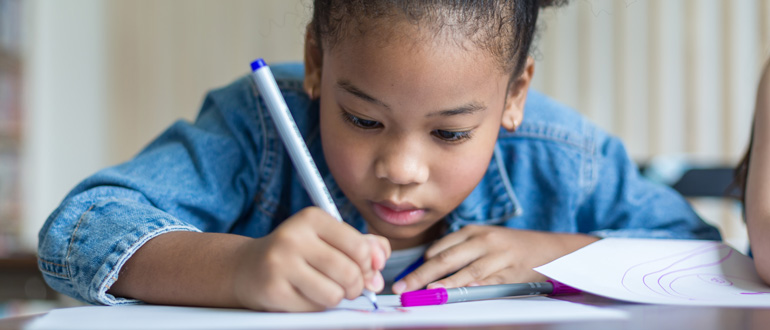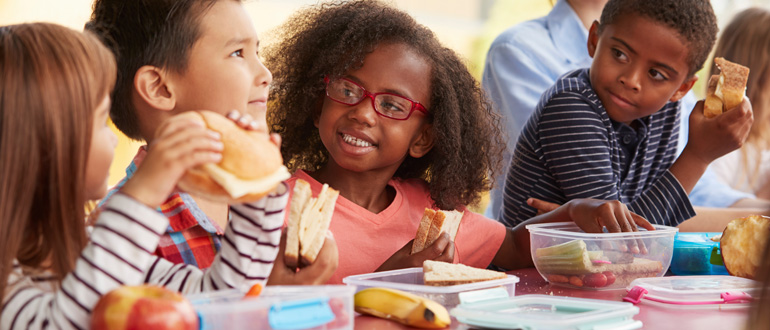Children living in poverty: It’s not just the children

It’s common to see articles, reports, news segments all about children living in poverty. How do we help children experiencing homelessness? Food insecurity? Lack of adequate health care?
It’s a very important issue to address. These children need help immediately—and they need help for their future so they can break the cycle of poverty.
However, it’s important to note that these children are living with adults who are also living in poverty. And when you help the adults, you also help the children.
Succeeding together
According to the Annie E. Casey Kids Count Data Book, “Parents struggling with financial hardship have fewer resources available to foster their children’s development and are more prone to face severe stress and depression, which can interfere with effective parenting.
“[This] underscore the importance of two-generation approaches to ending poverty, which address the needs of parents and children at the same time so that both can succeed together.”
Sometimes, it is easier for people to give time and money to organizations that help children living in poverty. That’s because children seem blameless for their situation (and they are). But, the important thing to remember is that adults living in poverty are not to blame for their situations either. American culture may associate poverty with moral failing or laziness—but people living in poverty have not chosen that path.
Emotional stress and material hardship are linked. When parents experience stress, anxiety, or depression because their basic needs can’t be met, children absorb that and experience the same difficulties.
Data provided by a recent survey indicates that an influx of financial assistance (such as that provided during the first year of the pandemic) “allowed families with young children to immediately afford basic essentials and pay their bills, which reduced the emotional burden of ongoing financial challenges….”
Ohio ranks low in childhood well-being and other measurements
Children (and their parents) living in Ohio face obstacles exacerbated by a “lack of attention and action in treating childhood adversity and trauma, inequities and systemic disadvantages, and a lack of investment in public health infrastructure,” according to Advocates for Ohio’s Future.
In fact, on “health value,” Ohio ranks 47 out of 50 states and Washington, D.C. The Health Policy Institute of Ohio states that “Ohioans…[live] less healthy lives and [spend] more on health care than people in most other states.”
Using a combination of four indicators (Education, Health, Economic, and Family and Community) to measure “overall childhood well-being,” the Kids Count Report ranks Ohio 31 out of all states.
Of course, for childhood well-being to grow, the adults in their lives must have access to resources that allow them to provide a stable environment in which children can thrive. Helping adults through programs such as Health Care Access Now (HCAN)’s Community Health Worker outreach can direct adults living in poverty to resources and services that can help them give children a better life.






